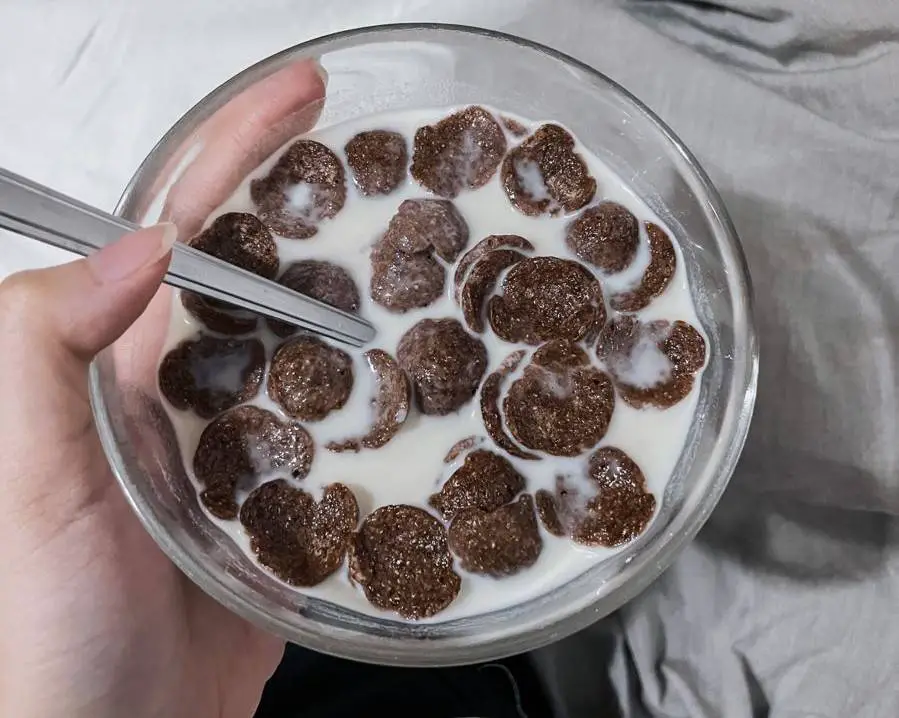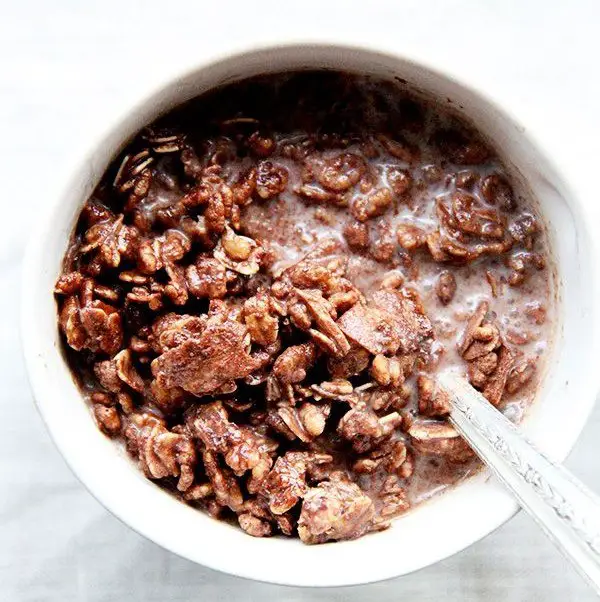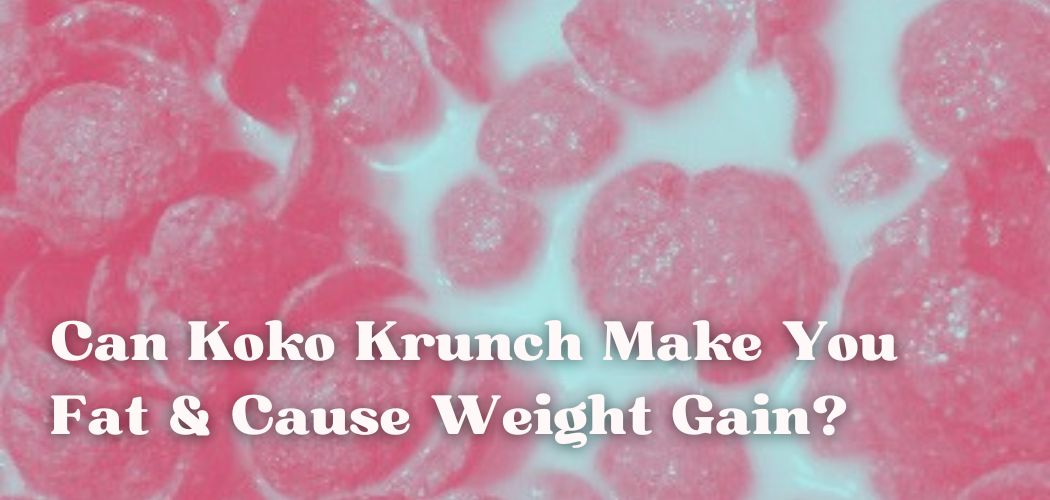Nestle Koko Krunch is a chocolatey breakfast cereal designed for children and adults.
Children enjoy Koko Krunch because not only does it taste delicious, but it is also nutritious.
Examining the package of this product reveals that it contains the recommended daily intake of vitamins and minerals.
Koko Krunch is not the typical sugar cereal found on supermarket shelves nowadays. This item is ideal for kids on the run.
It is very simple to prepare. All you need to do is add fresh milk to the desired amount of cereal in a bowl, and you’re done.
Mix this with fresh fruit for a healthful and delightful supper that requires no cooking.
This cereal is a highly recommended product for mothers who wish to provide their children with adequate nutrition without sacrificing flavor.
Koko Krunch pairs well with fruit juice in the mornings and afternoons. It serves as an excellent snack.
Contents
Contains Fewer Calories
If not carefully managed, the cereal diet might be poor in protein, good fat, and overall calories.
Your body needs protein to construct and maintain muscles, tissues, and enzymes – molecules composed of protein that regulate multiple biological functions. Similarly to fiber, protein makes you feel full.

The cereal diet is also promoted as a low-fat diet. Use skim or low-fat milk to keep your calorie intake in check.
Despite the fact that fat provides more calories per gram than protein or carbohydrates, current research suggests that dietary fats, especially saturated fats, can be part of a balanced diet and may even aid in weight loss due to their satiety.
Lastly, the extreme calorie restriction can lead to metabolic changes that make it harder to maintain weight loss, as well as weariness and diminished mental clarity.
Full Of Sugar And Refined Carbohydrates
Added sugar is possibly the single worst component of the modern diet. It contributes to multiple chronic diseases, and the majority of individuals consume too much of it.
Notably, the majority of this sugar is derived from processed meals, with breakfast cereals ranking among the most popular processed foods that are rich in added sugars.
In reality, sugar is the second or third constituent in the majority of cereals. A high-sugar breakfast cereal will cause an increase in blood sugar and insulin levels.
A few hours later, your blood sugar may plummet, and your body may need another high-carb meal or snack, perhaps resulting in an endless cycle of overeating.
Sugar consumption may also increase the risk of type 2 diabetes, cardiovascular disease, and cancer.
Inaccurate Health Claims
Cereals for breakfast are touted as nutritious.
Cereals for breakfast are marketed as healthy, with boxes containing health claims such as “low-fat” and “whole grain.” However, its primary constituents are frequently processed carbohydrates and sugar.

Small amounts of whole grains are insufficient to make these foods healthful.
However, research indicates that these health claims are an efficient strategy to deceive consumers into believing that these items are healthier than they actually are.
Marketing Targets Children
Food makers target youngsters specifically. To grab children’s interest, businesses utilize vivid hues, cartoon characters, and action figures. Not unexpectedly, this causes children to link breakfast cereals with amusement and enjoyment.
These impacts taste preferences as well. According to studies, some children prefer the flavor of items whose packaging features popular cartoon characters.
Exposure to food marketing is a risk factor for childhood obesity and other diet-related illnesses.
These identical items frequently contain deceptive health claims.
While the colors and characters make the items more enticing to children, the health claims encourage parents to purchase them for their children.
Causes Difficulties For People With Diabetes
Over 1 in 10 Americans have diabetes, and 1 in 3 have prediabetes, a condition characterized by higher-than-normal blood sugar levels that increases the risk of developing heart disease, stroke, and type 2 diabetes.
Low-GI diets have been associated with improved diabetic management, increased levels of “good” HDL cholesterol, decreased risk of cardiovascular (heart) issues, and decreased triglycerides.

According to the research, some renowned researchers evaluated 12 trials on glycemic index items and diabetes and found that low-GI diets improved glycemic control and lowered levels of glycated albumin, a diabetes marker, whereas high-GI diets did not have the same outcomes.
High In Fiber
Koko Krunch is produced from whole grains, which can give growing children fiber. It contains Iron and Vitamins B2, B3, B6, and B9, which boost the immune system and promote activity.
It is also a source of Calcium, which is essential for the correct growth and development of children’s bones.
Won’t Make You Feel Fuller
Have you ever felt hungrier after eating cereal for breakfast than before you poured the bowl? Most cereals lack macronutrients that slow digestion, such as healthy fats, fiber, and protein.
The majority of carbohydrates in morning cereals are blood-sugar-spiking sugar. In fact, sugar is typically the second component listed on the nutrition facts panel of cereal boxes, immediately after refined wheat, maize, or rice.
As a result, the majority of cereals are regarded as having a high glycemic index, which reflects how much a particular food will elevate blood sugar levels. The faster your blood sugar rises, the quicker it can fall, which can stimulate sensations of hunger.
Conclusion
On the cereal diet, cereal with milk is consumed twice daily. Your third and fourth meals should be low in calories.
Koko Krunch is high in whole grains and fiber and, if done correctly, may aid in short-term weight loss.
However, it is frequently heavy in sugar and poor in calories, protein, and healthy fats. If you want to lose weight in a sustained manner, alternative, more balanced diet regimens may be a better and more viable option.
